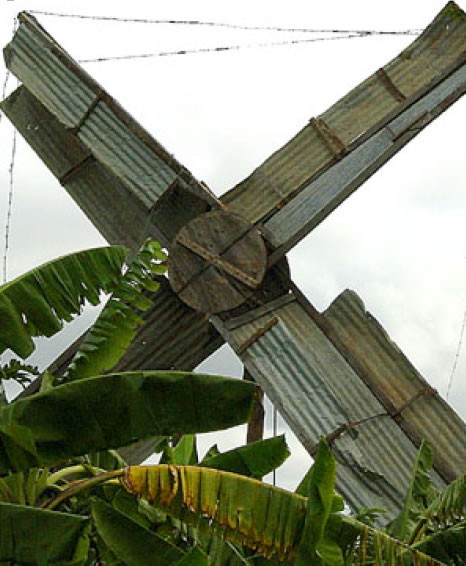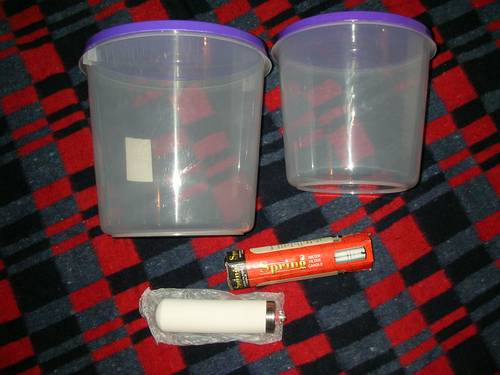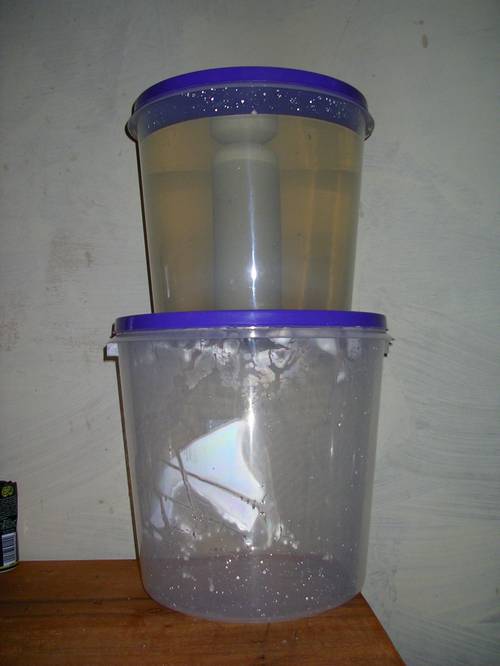Water scarcity
About one-third of the world’s population lives in countries suffering from moderate-to-high water
stress — where water consumption is more than 10 per cent of renewable freshwater resources. Some 80 countries, constituting 40 per cent of the world’s population, were suffering from serious water shortages by the mid-1990s (CSD 1997a) and it is estimated that in less than 25 years two-thirds of the world’s people will be living in water-stressed countries (CSD 1997b). By 2020, water use is expected to increase by 40 per cent, and 17 per cent more water will be required for food production to meet the needs of the growing population (World Water Council 2000a).
The three major factors causing increasing water demand over the past century are population growth, industrial development and the expansion of irrigated agriculture. Agriculture accounted for most freshwater withdrawal in developing economies in the past two decades. Planners have always assumed that growing demand would be met by taming more of the hydrological cycle through building more infrastructure. The damming of rivers has traditionally been one of the main ways to ensure adequate water resources for irrigation, hydropower generation and domestic use. About 60 per cent of the world’s largest 227 rivers have been strongly or moderately fragmented by dams, diversions or canals, with effects on freshwater ecosystems (WCD 2000).
This infrastructure has provided important benefits in the form, for example, of increased food production and hydroelectricity. There have also been major costs. Over the past 50 years, dams have transformed the world’s rivers, displacing some 40-80 million people in different parts of the world (WCD 2000), and causing irreversible changes in many of the ecosystems closely associated with them.
Emphasis on water supply, coupled with weak enforcement of regulations, has limited the effectiveness of water resource management, particularly in developing regions. Policy-makers have now shifted from entirely supply solutions to demand management, highlighting the importance of using a combination of measures to ensure adequate supplies of water for different sectors. Measures include improving water use efficiency, pricing policies and privatization. There is also a new emphasis on integrated water resources management (IWRM), which takes into account all the different stakeholders in water resource planning, development and management (CSD 1997b).




